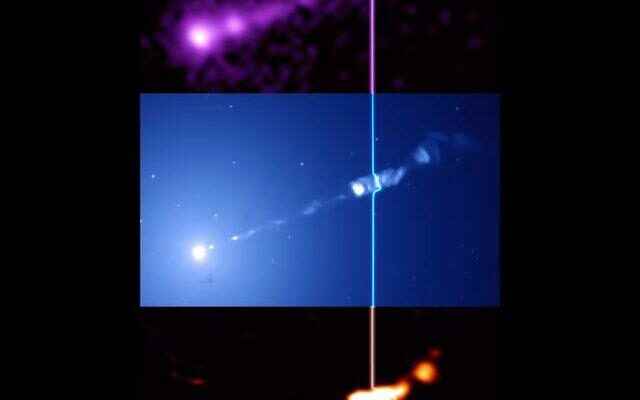NASA has released new sonifications that allow us to listen to the black hole at the center of the Perseus (Hero) Galaxy Cluster and the black hole at the center of Galaxy M87. In other words, it turned astronomical data into sound.
NASA said that since 2003, the black hole at the center of the Perseus (Hero) Galaxy Cluster has been associated with sound. According to NASA, this was because astronomers discovered that pressure waves sent by the black hole caused fluctuations in the hot gas of the cluster that could be translated to a note. This new sonification, that is, the translation of astronomical data into audio, was released this year for NASA’s Black Hole Week.
MADE HEAR FOR THE FIRST TIME
In some ways, this sonification differs from what has been done before, according to NASA. The sound waves that astronomers had previously identified were extracted and made audible for the first time.
Sound waves were extracted in radial directions, that is, from the center outward. The signals were then resynthesized into the human hearing range.
ANOTHER SONIFICATION
In addition to the Perseus (Hero) Galaxy Cluster, a new sonification of another famous black hole has been released.
This new sonification of the black hole in M87 does not include Event Horizon Telescope (EHT) data, but instead looks at data from other telescopes observing it at much larger scales at roughly the same time.
Sonification of the black hole in Messier 87, or M87, which has been studied by scientists for decades, scans the three-layered image from left to right, where each wavelength is mapped to a different range of audible tones. The brightest part of the image corresponds to the loudest part of the sonification.
